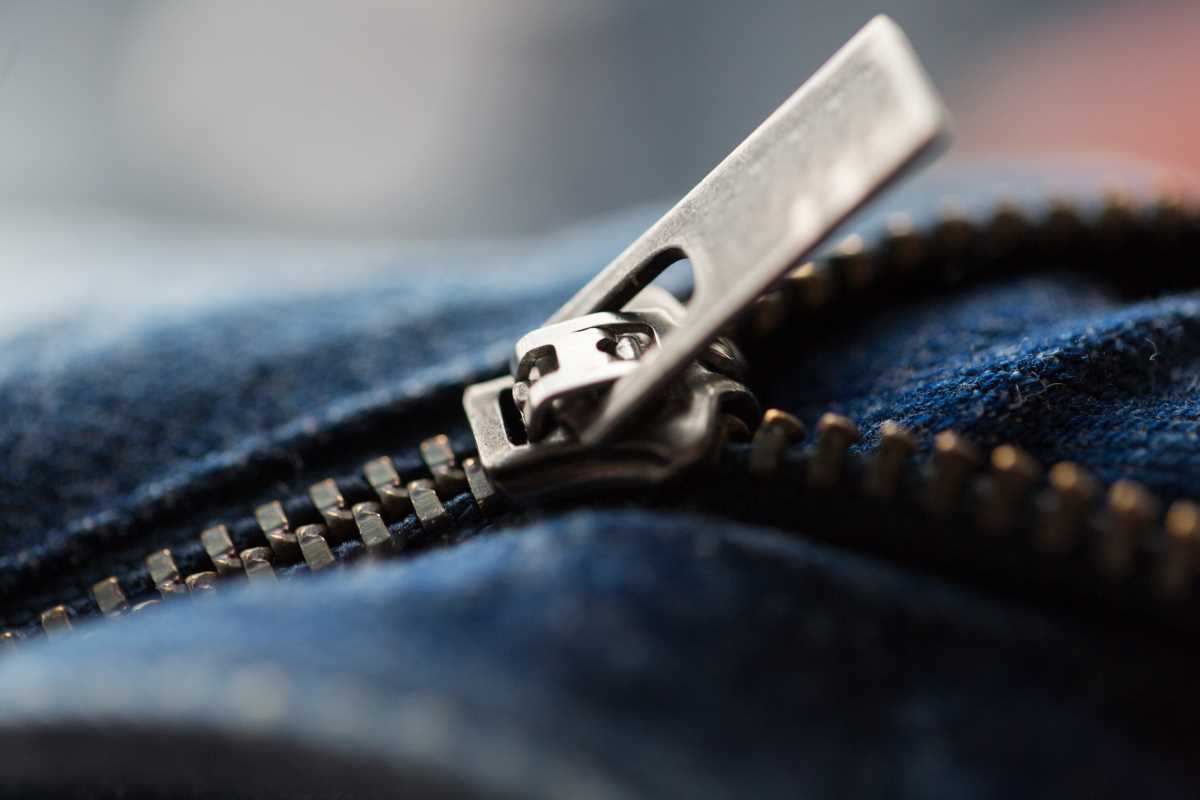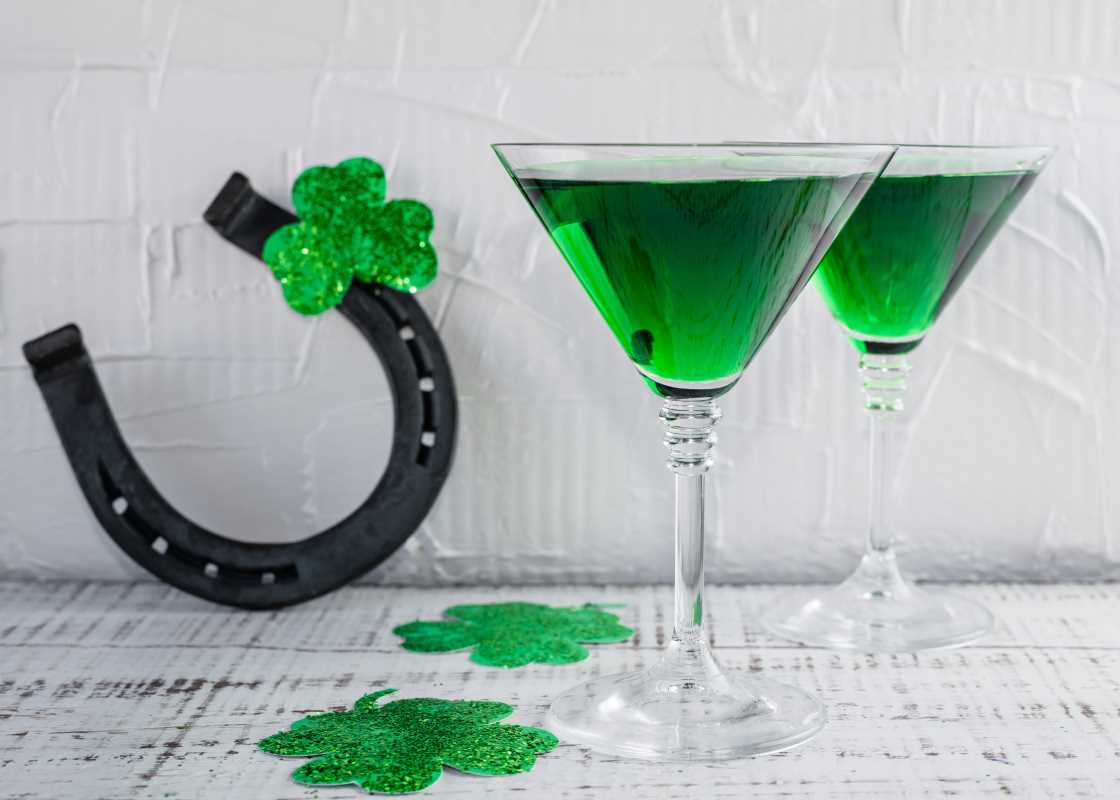Take a look around your home. It’s filled with items you use every day that seem so ordinary that you hardly notice them anymore. But what if I told you that some of these objects have wild, bizarre, and unexpected histories? From forks to mirrors to clocks, items we interact with regularly carry fascinating stories of invention, evolution, and even scandal. These objects have shaped the way we live, and their backstories are much stranger than you'd think. Knowing the history behind these everyday items not only makes them more interesting but also helps you appreciate the ingenuity and culture that brought them into existence. Intrigued? Let's uncover the hidden stories behind five common household objects.
Forks
Ah, the humble fork. The piece of cutlery you use without a second thought, but did you know forks weren’t always welcomed with open arms? For centuries, people used knives and spoons, while forks were practically taboo. Introduced to Europe from the Middle East around the 11th century, forks were considered sinful by many, with religious figures labeling them as unnecessary and overly decadent.
The idea of sticking sharp prongs into delicate food (like fruits or pastries) was seen as an insult to God’s creations. Early forks were even called “devil’s tools” because they resembled pitchforks. It wasn’t until the 16th century, when Catherine de’ Medici brought forks to France from Italy as part of her dowry, that this utensil began gaining popularity. Even then, it took centuries for forks to replace fingers as the main tool for eating. By the 18th century, forks were finally considered modern and civilized.
Mirrors
Modern mirrors are so commonplace that we hardly think about them. But for centuries, mirrors were rare, expensive, and surrounded by superstition. The first mirrors were polished stones or metals, such as obsidian or bronze, dating back thousands of years. Glass mirrors as we know them didn’t appear until ancient Rome, and even then, their reflective quality was far inferior to what we have today.
During the Renaissance, Venice became a hub for mirror-making, thanks to skilled artisans on the island of Murano. Venetian mirrors were lavishly decorated and sold for astronomical prices, making them a status symbol for Europe’s elite. Many cultures believed mirrors had supernatural properties, like reflecting a person’s soul or showing a glimpse into the future. This is why breaking a mirror was (and still is) said to bring seven years of bad luck. Even today, mirrors hold an air of intrigue, from their use in ghost stories to psychological studies on self-perception.
Clocks
We rarely stop to think about how revolutionary mechanical clocks were when they first came onto the scene. Before clocks were invented, people tracked time using sundials, water clocks, or even burning candles. While these methods were useful, they weren’t very precise, and getting an exact sense of time was nearly impossible.
The first mechanical clocks appeared in Europe in the late 13th century, and they quickly became symbols of technological innovation. Early clocks were massive contraptions, often installed in town squares or monasteries to help local communities track prayer times or work schedules. By the 15th century, smaller household clocks became available to the wealthy, marking a new era of personal timekeeping.
But clocks weren’t just tools. They reshaped how humanity organized its days. With the rise of precise timekeeping, people began scheduling their lives around the clock rather than natural rhythms like sunrise and sunset. This shift paved the way for industrialization and the rigid work schedules we know today.
Toothbrushes
Your toothbrush might seem like the simplest, cleanest item in your bathroom, but its history is far from glamorous. Early forms of oral hygiene date back to ancient civilizations. Babylonians, Egyptians, and Chinese were all using tooth-cleaning tools as early as 3000 BCE. The first toothbrushes were nothing more than sticks frayed at their ends to create bristles.
The modern toothbrush originated in China during the Tang Dynasty in the 7th century. These early brushes used animal hair, often from hogs, as bristles attached to bamboo or bone handles. When toothbrushes reached Europe in the late 17th century, people complained that the stiff hog hair was too abrasive. It gets the job done, but their enamel must have been absolutely wrecked. Nylon bristles weren’t introduced until 1938, making toothbrushes both more hygienic and easier on the gums.
Here's where it gets weird. A man named William Addis, imprisoned in 1770s England, is credited with creating the toothbrush design still in use today. He used a bone from a leftover meal and attached bristles from a guard’s broom to create a rudimentary brush. Upon his release, Addis turned his prison invention into a profitable business.
Post-Its
Post-it notes seem so perfectly designed for organization that you’d think their invention was meticulously planned. Wrong! They were actually the result of a lucky accident. In 1968, a scientist at 3M named Spencer Silver was trying to create a super-strong adhesive. Instead, he ended up with a glue that was surprisingly weak. This adhesive could stick to surfaces but could also be easily peeled off without leaving residue.
At first, Silver’s invention seemed pointless, and for years, the adhesive didn’t have a practical use. Then, in 1974, another 3M employee, Art Fry, came up with a game-changing idea. Fry was frustrated when his bookmarks kept falling out of his hymnbook during choir practice, and he realized that Silver’s adhesive could solve the problem. He combined the weak glue with slips of paper, creating the first Post-its.
Though the idea initially struggled to gain traction, Post-it notes exploded in popularity after their official release in 1980. Today, these colorful little squares are a staple in homes and offices worldwide.
Zippers
Zippers are everywhere, but their creation was anything but straightforward. The first version of the zipper, patented in 1851 by Elias Howe (inventor of the sewing machine), wasn’t exactly functional. It wasn’t until 1913 that another inventor, Gideon Sundback, perfected the zipper design we’re familiar with today.
At first, people found zippers confusing and difficult to use. It took decades of marketing to convince the public that zippers were a convenient alternative to buttons and hooks. By the 1930s, zippers became mainstream, thanks to the clothing industry’s adoption of this innovative fastener. The funniest part is the zipper’s original nickname, “hookless fastener.” It doesn’t quite roll off the tongue, does it? It just goes to show that it isn’t always necessarily what you make but the way you market it!
Everyday Things, Extraordinary Histories
It turns out that even the most ordinary objects in our homes have surprising and sometimes downright strange backstories. So much so that there's even a museum dedicated to these things! From forks once considered sinful to zippers that were underappreciated for decades, these items remind us how much human creativity and perseverance go into shaping the world around us.
 (Image via
(Image via





